Ernesto Neto / The New Décor, The Hayward Gallery
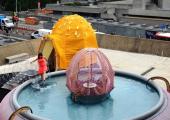


You forget how fast the night descends in the tropics, in half an hour the light goes, the sun disappearing with a grand melodramatic finality. You understand the Mexican tribe who believe without their prayers it will never rise again. But it leaves behind a warmth in the enveloping womblike darkness. With the breeze against our faces in the Bahian night, Brazil’s most celebrated pop star is showing me his domain, a fabulous clifftop house in Salvador de Bahia in the state in the North-East coast where Cabral’s boat came ashore half a millennium ago, and where Caetano Veloso was born 67 years ago.
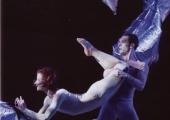
There are occasionally pieces of dance that you just want not to have to scribble notes about, just to watch and enjoy through your senses, not perming it all through the verbal brain. Siobhan Davies’s The Art of Touch is one of those, and when her company went into something of a creative abeyance to focus on producing a new dance community centre, this was one of Davies’s many gems of dance poetry that I feared we might never be able to bask in again.
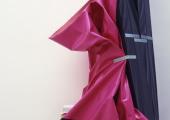
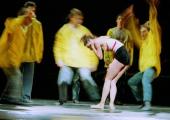
In a constantly challenging output of ballets, the remarkable choreographer Kenneth MacMillan produced nothing more upsetting than his last, The Judas Tree. Baldly, it portrays gang-rape, double murder and suicide among a nasty bunch of men on a building site.

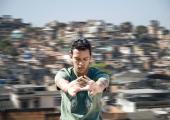
There are gunshots outside in the street, a boy sits behind his front door desperate to get to ballet class, the two sides of his life colliding in front of his eyes - reality and dream. It’s a favela in Rio, one of the most dangerous cities in the world, a vast estate of poverty riddled with drug crime and addicted young lads with no future other than dealing, until they get shot or jailed. Ballet... well, what an irrelevance.
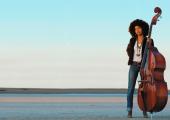
Watching some jazz musicians play live, you're made acutely aware of the intense effort that goes into their performance. Conveying a non-verbal message that roughly translates as “this shit is really hard, you know”, tell-tale signs include the pained rictus of deep concentration, the sotto voce grunts, groans and exhalations, and the self-communing, head-down-to-the-floor mode adopted for solos of five minutes or longer.